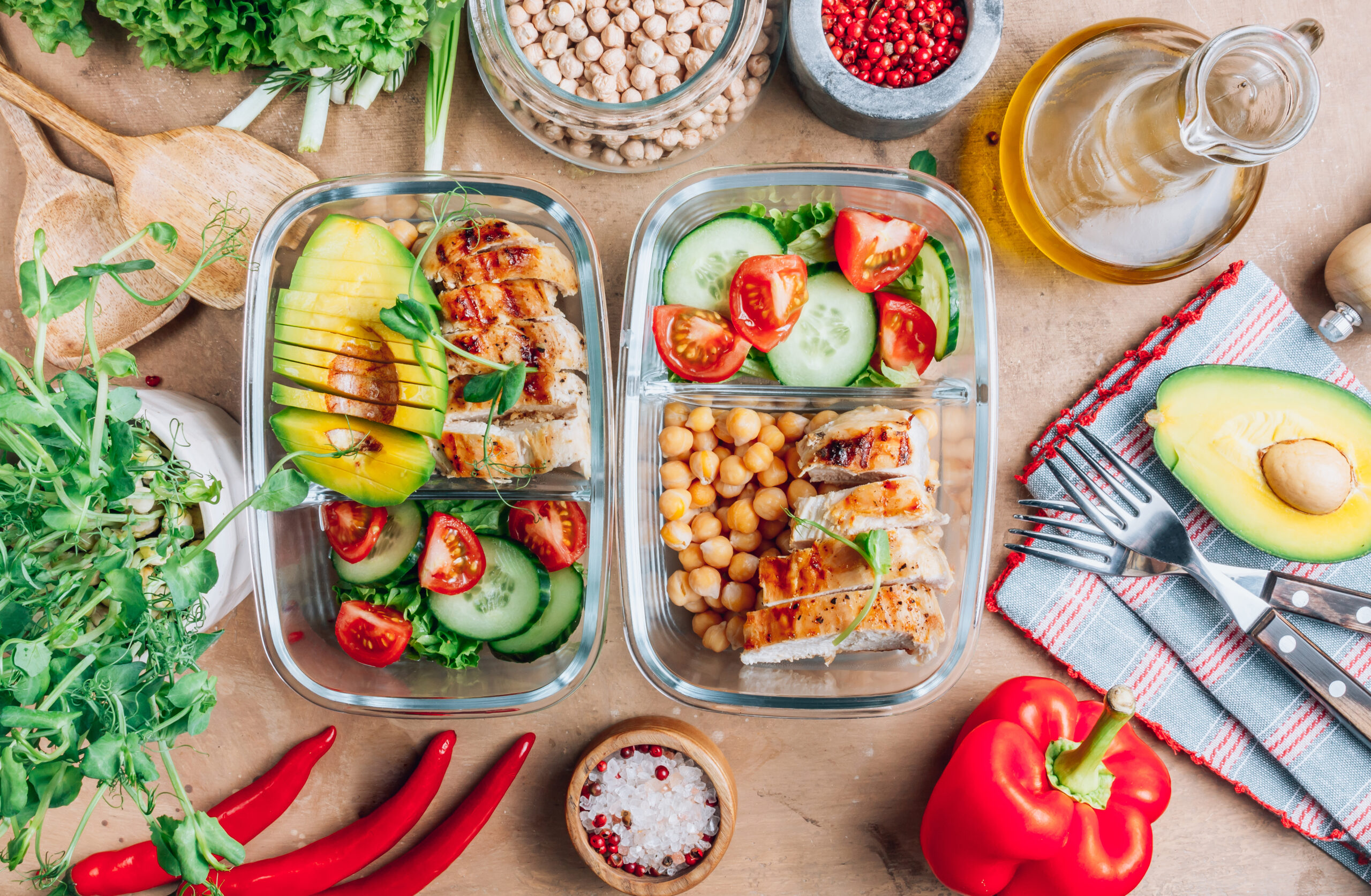
The contemporary pace of professional life has transformed the midday meal and the afternoon break from periods of restorative pause into logistical challenges. The drive for continuous productivity often forces individuals into a cycle of reactive eating, characterized by quick-fix, highly processed foods that offer a fleeting spike in energy followed by an inevitable crash. Sustaining high levels of cognitive function and physical energy throughout a demanding day is not merely a matter of willpower; it is fundamentally dependent on the quality and timing of nutrient intake, particularly during those critical moments between main meals. The strategic integration of healthy, portable snacks is the single most effective countermeasure against the detrimental effects of stress-induced, hurried consumption, serving as a critical pillar for maintaining both immediate performance and long-term metabolic health. Navigating the sheer volume of choices and making informed decisions under pressure requires a foundational understanding of what constitutes a genuinely beneficial snack versus cleverly marketed, nutritionally bankrupt filler. The aim is to bridge the gap between hunger and the next substantial meal with whole, unprocessed foods that deliver sustained energy and vital micronutrients.
Sustaining high levels of cognitive function and physical energy throughout a demanding day is not merely a matter of willpower.
When time is the most constrained resource, the necessity of pre-preparation often acts as the greatest barrier to healthy snacking. The most effective solutions, therefore, are those that demand minimal to zero assembly at the point of consumption, prioritizing shelf-stability and inherent portability. A small, carefully curated selection of mixed nuts, specifically walnuts, almonds, and pistachios, represents an optimal convergence of convenience and comprehensive nutrition. These nuts provide a potent combination of healthy monounsaturated and polyunsaturated fats, alongside plant-based protein and substantial dietary fiber, which collectively modulate blood sugar levels and promote a durable feeling of satiety. Unlike carbohydrate-heavy options that lead to rapid glucose spikes, this fat and fiber matrix releases energy slowly, supporting consistent focus during extended work periods. The caveat, however, is portion control; while immensely beneficial, the calorie density of nuts requires mindful management, perhaps utilizing small, pre-portioned bags to prevent inadvertent overconsumption at the desk.
A small, carefully curated selection of mixed nuts, specifically walnuts, almonds, and pistachios, represents an optimal convergence of convenience and comprehensive nutrition.
The inclusion of natural, non-perishable protein sources in a busy person’s snack arsenal is a pragmatic strategy for muscle maintenance and hunger suppression. For those who can access refrigeration, pre-boiled eggs are unparalleled, offering approximately six grams of high-quality protein per shell, coupled with essential B vitamins that are pivotal for energy metabolism. If refrigeration is not an option, specialized, low-sodium jerky or pre-packaged tuna/salmon pouches provide a similarly concentrated protein hit without the need for immediate cooling. The critical distinction here is the rigorous selection of products with minimal added sugars, nitrates, or excessive sodium. Shelf-stable protein should never equate to overly processed; one must carefully scrutinize labels to ensure the snack primarily delivers unadulterated macro-nutritional value. The satiety signals generated by high-protein foods are crucial for preventing the desire to graze on less nutritious alternatives as the afternoon energy slump sets in.
The inclusion of natural, non-perishable protein sources in a busy person’s snack arsenal is a pragmatic strategy for muscle maintenance and hunger suppression.
To complement the essential intake of proteins and fats, readily available high-fiber carbohydrates, when chosen wisely, can be instrumental in providing quick, yet sustained, fuel. Fresh fruit, particularly apples and bananas, offers natural sugars encased in a significant fiber matrix, which slows down glucose absorption. The fiber in an apple, for instance, transforms what might otherwise be a swift sugar rush into a more gradual, usable energy curve. Pairing a fibrous fruit slice with a small spoonful of an all-natural nut butter elevates the snack from simply a carbohydrate source to a balanced mini-meal, leveraging the protein and healthy fat of the butter to further stabilize blood glucose. This synergy of macros—fiber, fat, and protein—is the foundational principle of effective, anti-crash snacking, moving far beyond the simplistic recommendation of ‘just eat fruit’.
Pairing a fibrous fruit slice with a small spoonful of an all-natural nut butter elevates the snack from simply a carbohydrate source to a balanced mini-meal.
For those prone to the mid-afternoon desire for something crunchy and savory, an often-destructive craving addressed by packaged chips, alternatives must be identified that deliver textural satisfaction without the accompanying inflammatory oils and excessive sodium. Air-popped popcorn, when seasoned with only a light dusting of nutritional yeast for a savory, umami flavor, or perhaps chili powder, provides a high-volume, whole-grain snack that is remarkably low in calories and surprisingly rich in dietary fiber. Another innovative approach involves purchasing or making roasted chickpeas, which are shelf-stable, crunchy, and packed with both plant-based protein and fiber from the legume. This dual benefit tackles both the craving for crunch and the need for sustained nourishment, effectively disrupting the familiar pattern of reaching for potato chips or pretzels.
For those prone to the mid-afternoon desire for something crunchy and savory, an often-destructive craving addressed by packaged chips, alternatives must be identified that deliver textural satisfaction without the accompanying inflammatory oils and excessive sodium.
The role of specific compounds in regulating systemic inflammation, a condition frequently exacerbated by chronic work stress and poor diet, should also inform snack choices. Anti-inflammatory foods, which are rich in antioxidants and healthy fats, can actively support a resilient physiological state. Snacks incorporating elements like dark chocolate, specifically those with a minimum of 70% cocoa solids to maximize flavonoid content, or a small portion of walnuts, which contain the Omega-3 fatty acid alpha-linolenic acid (ALA), deliver these beneficial compounds. Combining these elements, such as mixing a few squares of dark chocolate with walnuts, not only satisfies a common craving but actively contributes to metabolic well-being, providing more than just caloric sustenance.
Anti-inflammatory foods, which are rich in antioxidants and healthy fats, can actively support a resilient physiological state.
For individuals who manage to reserve a fraction of their week for meal or snack preparation, the concept of ‘energy bites’ or ‘no-bake balls’ offers unparalleled customization and nutrient density. These typically combine oats, dates for natural sweetness, and a nut or seed butter, often enriched with chia or flax seeds for an omega-3 and fiber boost. Crucially, by preparing these at home, the individual gains absolute control over the quality of ingredients, entirely bypassing the unnecessary sweeteners, preservatives, and processed fats frequently found in commercially produced granola and protein bars. A batch made on a Sunday can provide a portable, nutrient-rich option for an entire work week, offering a powerful, controlled energy release that supports a sustained work rhythm.
For individuals who manage to reserve a fraction of their week for meal or snack preparation, the concept of ‘energy bites’ or ‘no-bake balls’ offers unparalleled customization and nutrient density.
The psychological impact of conscious consumption should not be underestimated in a world driven by automated decisions. The act of selecting a wholesome snack forces a momentary pause, injecting intentionality into the demanding rhythm of a busy day. Choosing a handful of almonds over a vending machine chocolate bar is a small, affirming decision that compounds throughout the week, reinforcing a commitment to health and personal performance. Snacking is thereby reframed from a habit-driven, often guilt-ridden interlude into a deliberate, performance-enhancing strategy. The most valuable aspect of these healthy options is not just their nutritional composition, but their capacity to sustain mental clarity and prevent the erratic energy dips that sabotage productivity.
The act of selecting a wholesome snack forces a momentary pause, injecting intentionality into the demanding rhythm of a busy day.
Ultimately, the blueprint for effective healthy snacking in a busy life is defined by a rigorous prioritization of the macronutrients that provide the greatest sustained benefit: quality protein, healthy fats, and high fiber. The most successful strategies are low on preparation, high on portability, and ruthlessly edited to remove unnecessary added sugar and artificial ingredients. By consistently choosing minimally processed foods that deliver a balanced trifecta of these components, the modern professional can effectively weaponize their snack routine against the inevitable challenges of the demanding schedule, ensuring energy remains stable and focus is maintained from the morning commute until the close of the day. This is not about dieting; it is about functional fueling for peak daily operation.
The most successful strategies are low on preparation, high on portability, and ruthlessly edited to remove unnecessary added sugar and artificial ingredients.
The intelligent choice of portable, high-impact snacks—prioritizing protein, fiber, and healthy fats—is the strategic foundation for all-day energy and sustained mental acuity.
